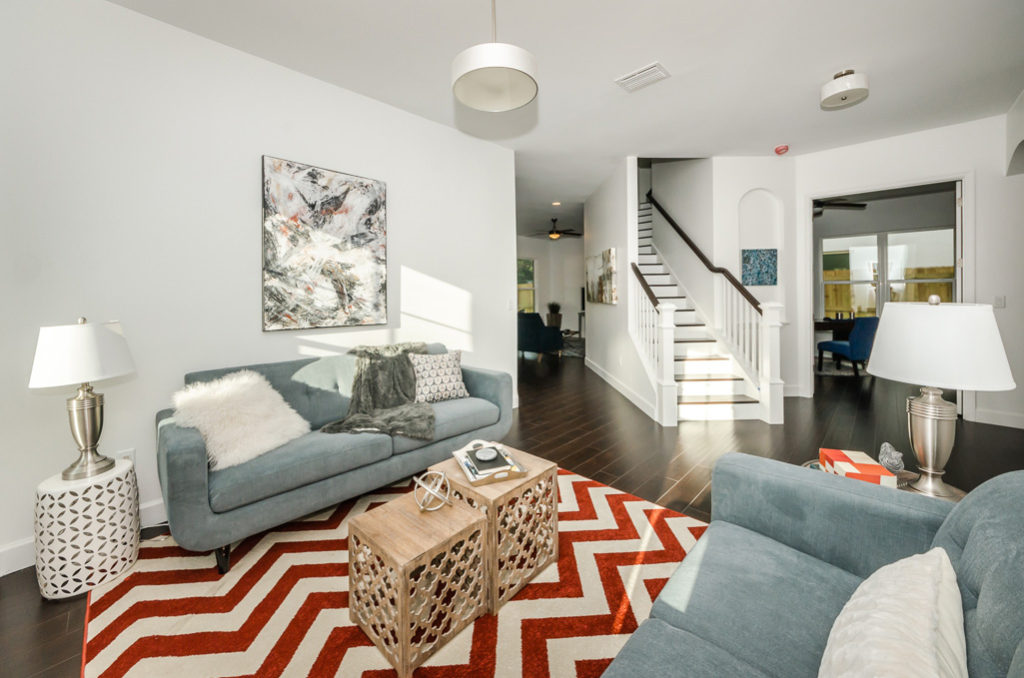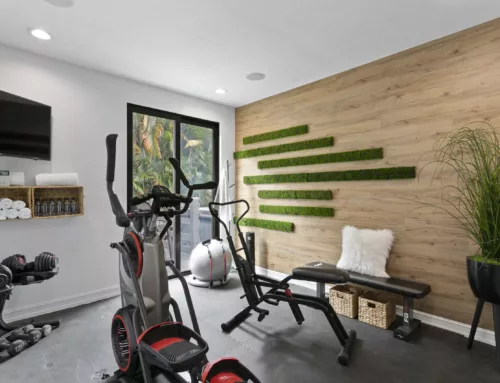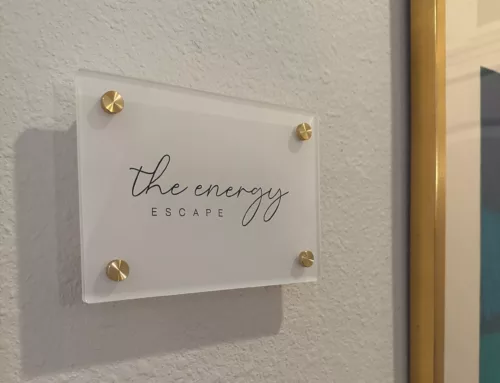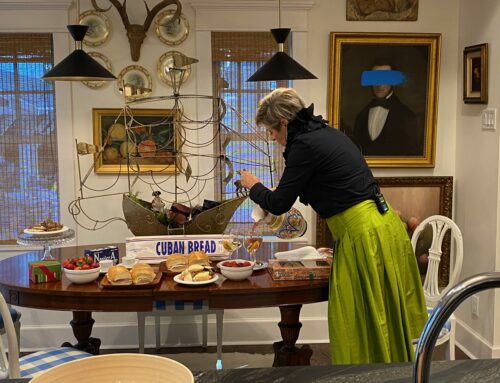
As a luxury home stager and home décor stylist in Tampa, I rely on many small tricks of the trade that can make a huge impact on visually enlarging the appearance of a room. So, here are 7 tips to supersize any space and make your home appear larger.
If you try practicing these professional staging and room stylist tips with your space, you’ll be surprised at the difference they make:
1) Reduce personal clutter
When our brain visually processes a room filled with lots of stuff, we instinctively see it as a smaller space, rather than if the room had fewer objects in it. Think about how any room in an art museum can feel roomy and spacious compared to a similar sized room at crowded flea market.
As Marie Kondo said in her internally best-selling book, The Life-Changing Magic of Tidying Up: The Japanese Art of Decluttering and Organizing, if something is not creating joy in your home, lose it, give it away, introduce it to the trash can, or donate it to a local charity.
If you can’t eliminate those things and have to live with them, I recommend leveraging every inch you can for hidden storage, so the joy-reducing stuff does not need to be seen and the overall room visual is clean.
If you are preparing your home to sell, get even more aggressive with minimizing everything, from furniture, to accessories, to items sitting on your counters.
2) Use light colors when selecting paint, wall, counter textures, and prominent floors
This does not mean everything everywhere has to be white. It does mean you make sure you introduce enough lighter colored materials throughout the home in order to make your rooms appear larger.
3) Use area rugs sparingly
Area rugs are great way to add style, color, and character to a room. However, too many rugs, especially dark ones with busy patterns, can dramatically reduce the visual openness of a space. If your rug has a busy pattern, then keep your sofas and pillows simple. If your rug is solid or simple, you can then add interest with throw pillows without shrinking the appearance of the room.
4) Install fewer pieces of small art and wall décor
Again, busy visual spaces with lots of small items hung on them will shrink the perception of a room. Instead, use only a select few pieces that are the appropriate scale for your home. The larger the home, the larger the pieces should be. Emptier walls help showcase the art and make the overall space feel grand and roomy.
5) Don’t overdo it with ceiling fans
Ceiling fans serve a good purpose, but too many fans, especially in homes with low ceilings, will make a room feel smaller. If you don’t absolutely need a fan for comfort, cap the hole or install something with a clean, minimal fixture.
6) Start draperies and shower curtains at top of room and end at the floor.
This design secret will add a spacious new dimension any room. This means installing your curtain rod as close to the ceiling as possible, not just at the top of the window. Allow the fabric to flow at least to floor. Depending on your décor style, sometimes a puddle effect can be nice touch too. This means the fabric is longer than the wall and you create a puddle of fabric on the floor.
7) Get serious with scale and simplicity
Big rooms deserve big furniture and wall décor or art. In this sense, “big” does not mean “many”. It simply means appropriately scaled to walls, ceiling, and floor spaces.
Simplicity is also key to optimizing a room’s spacious feel. Never overstuff a room with anything. Choose pieces that offer function, comfort, and are aesthetically–pleasing. Keep traffic flow patterns open and always give doors and entryways ample room, so bulky furniture will not cram up the spaces.
Today, homebuyers and dwellers alike enjoy rooms that feel large. Spacious spaces are always more relaxing than small, tight spaces. Additionally, when you are selling a home, most buyers will correlate the perceived extra space with value.





